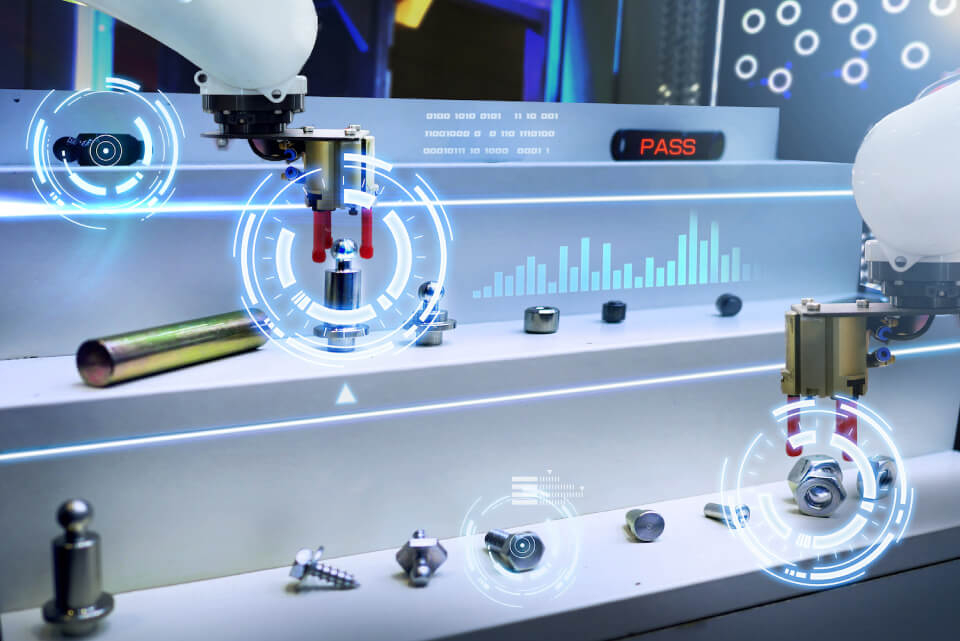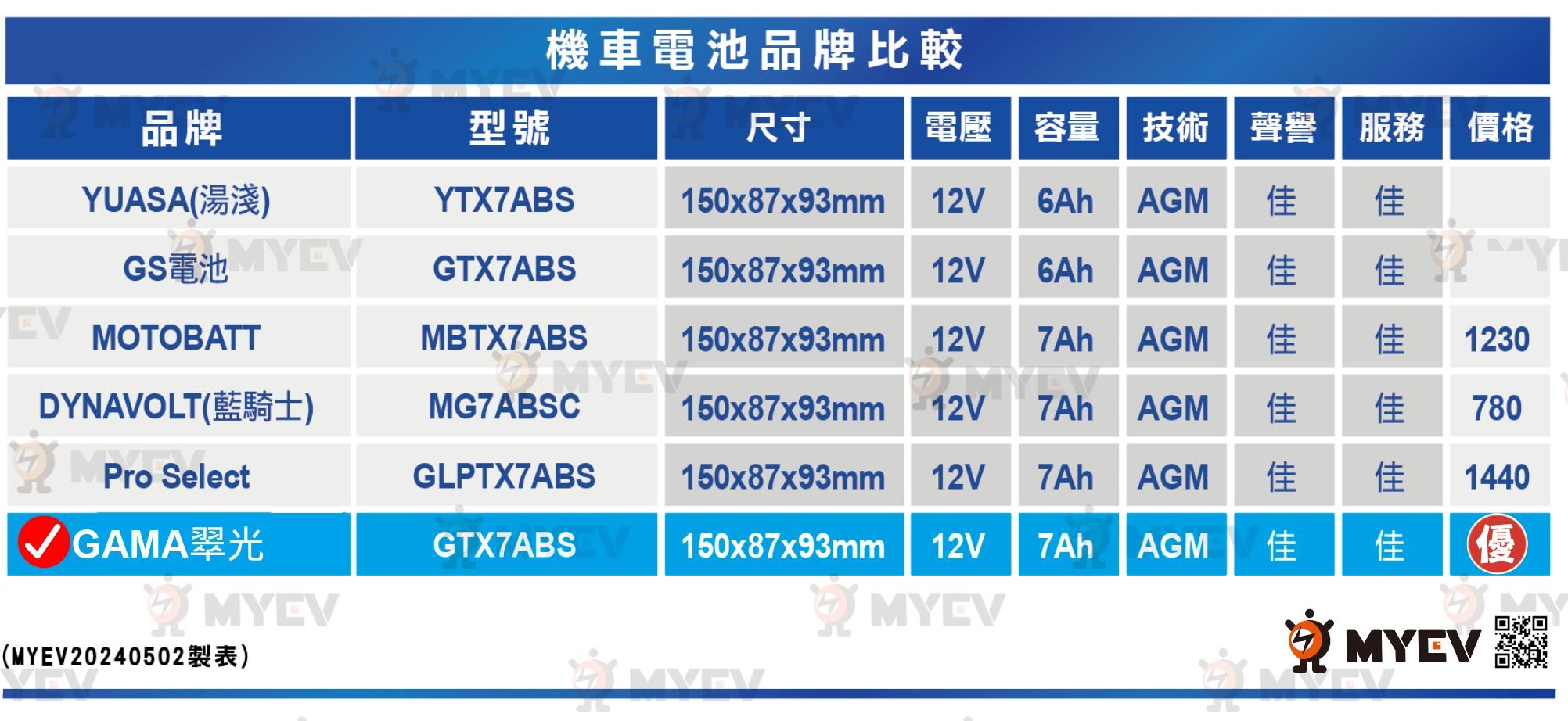Key Emerging Innovations and Current Trends in the AI Vision Inspection Market

The AI Vision Inspection Market Trends are evolving rapidly, pushing the technology beyond simple 2D defect detection and into a new era of more powerful and intelligent quality control. One of the most significant of these trends is the move towards 3D Vision Inspection. While traditional systems use a single 2D camera, 3D inspection systems use technologies like laser triangulation, structured light, or stereo vision to capture the three-dimensional geometry of an object. This is crucial for inspecting complex parts where defects may be related to shape, depth, or volume, such as verifying the correct placement of components on a circuit board, checking for dents or warping on a car body panel, or measuring the volume of sealant applied in a joint. The ability to "see" in 3D provides a much richer dataset for the AI to analyze, enabling the detection of a whole new class of defects.
Another major trend is the increasing adoption of Edge AI. In the past, the processing of the AI models often had to be done on a powerful server located away from the production line. Edge AI involves deploying the AI model directly on a compact, powerful computing device located at the "edge"—either on the camera itself (a "smart camera") or in a small industrial PC right next to the inspection station. This has several key advantages. It dramatically reduces latency, allowing for faster, real-time decision-making on high-speed production lines. It also enhances data security and privacy, as the raw image data does not need to be sent over a network to a central server. The development of specialized, low-power AI accelerator chips is a key enabler of this trend, making it possible to run complex deep learning models in a small and rugged form factor suitable for the factory floor.
The use of Generative AI is an exciting emerging trend that is set to revolutionize how AI vision models are trained. One of the biggest challenges in AI vision inspection is collecting enough training data, especially images of rare defects. Generative AI models, similar to those used to create AI art, can be used to create vast amounts of highly realistic, synthetic training data. A company can generate thousands of synthetic images of a product with various types of defects in different locations and under different lighting conditions. This can dramatically reduce the time and cost of data collection and can be used to train a more robust and accurate AI model that is better at identifying rare but critical flaws, a major breakthrough for the industry.
Finally, there is a powerful trend towards integrating the vision system into a closed-loop quality control system. The vision system is moving from being a passive inspector to an active participant in the manufacturing process. AI Vision Inspection Market is Set to Grow USD 240.76 Billion by 2035, Reaching at a CAGR of 22.5% During 2025 - 2035. This growth will be driven by this trend towards intelligent automation. In a closed-loop system, the data and insights generated by the AI vision system are not just used to accept or reject a part; they are fed back in real time to the production machinery. If the AI starts to detect a trend of a certain defect, it can automatically trigger an adjustment to the machine's parameters to correct the problem before more defective parts are made, creating a self-optimizing factory.
Explore Our Latest Trending Reports:
Business Intelligence Analytics Software Market Size
Chemical Biological Radiological & Nuclear Security Market Size





